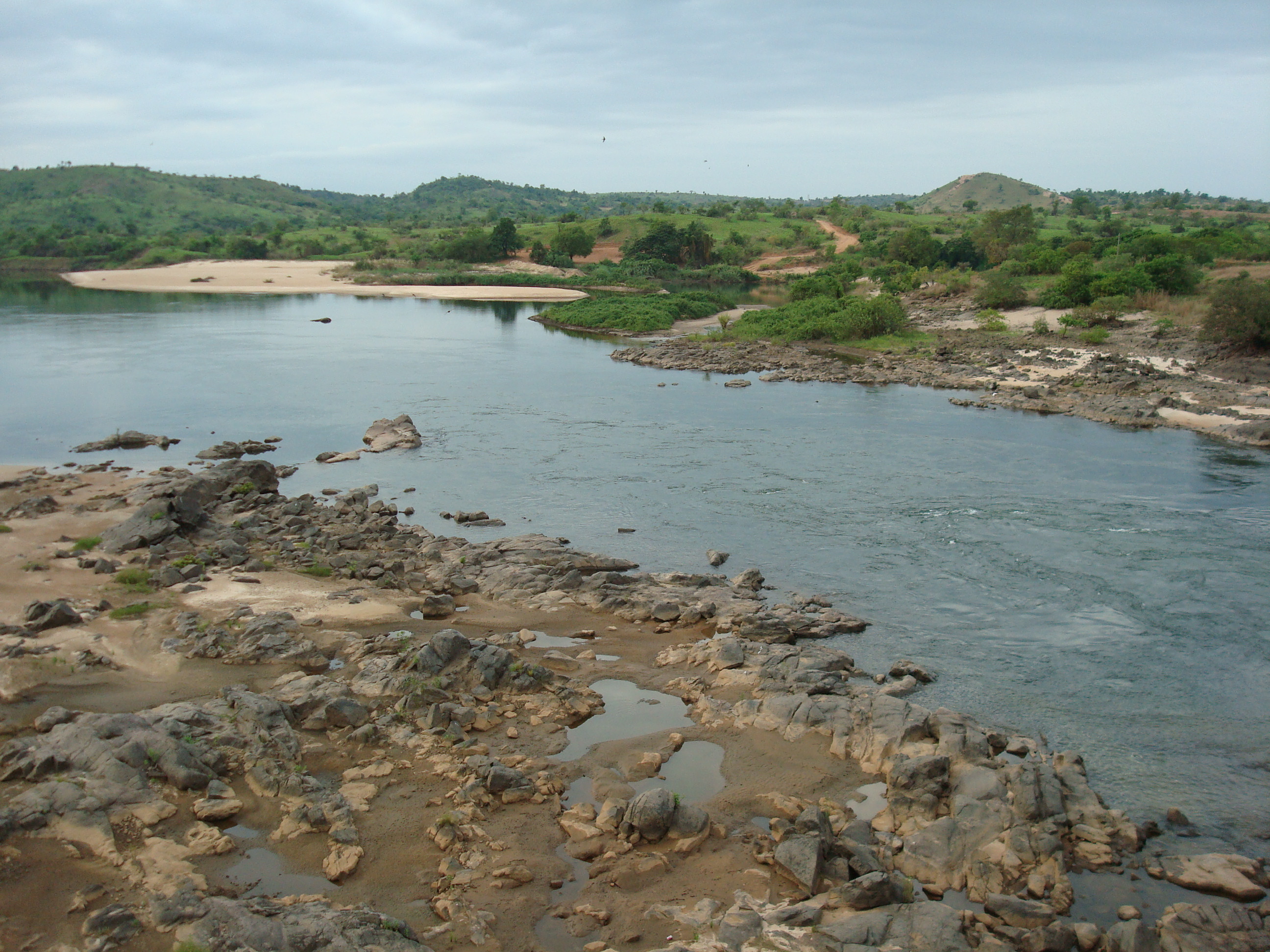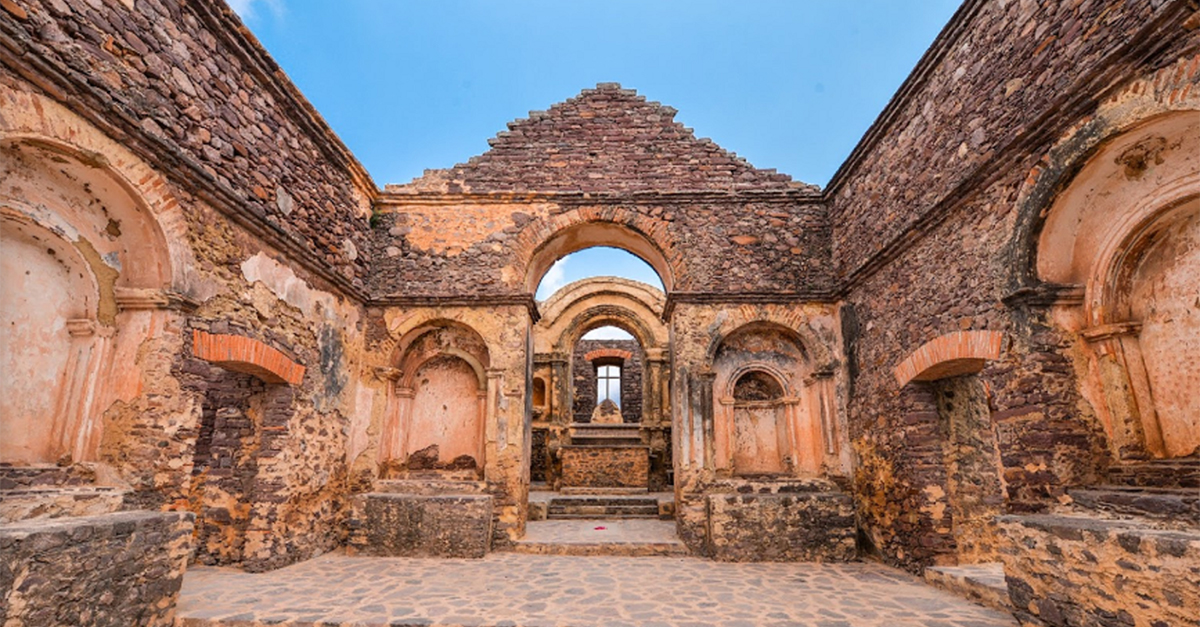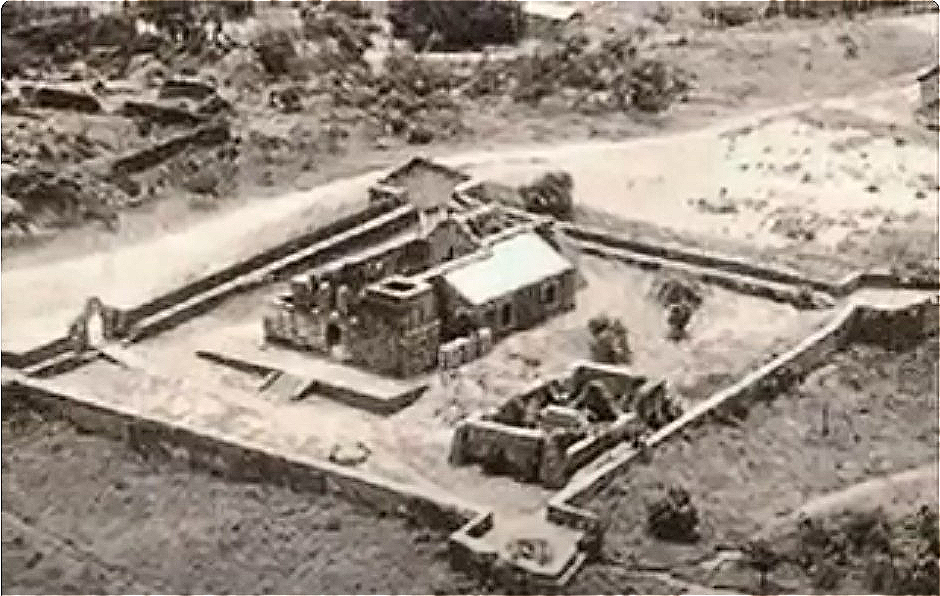High on the cliffs above the Cuanza River in Angola, the fortress of Cambambe is a crumbling but imposing remnant of Portuguese colonial ambition. Built in 1604, this stone bastion played a central role in the military, religious, and trading activities of the Portuguese Empire. Today it stands as a historical monument, weighed down by centuries of African history.
Built To Secure The Cuanza River Route
The Portuguese built the fort to secure navigation on the Cuanza River, a major artery for trade and movement inland. Cambambe’s strategic location allowed control over a critical point on the river and served as a bulwark against indigenous resistance and rival European powers in Africa. The site was critical in the colonial struggle to control the Angolan interior.
A Center For Trade And Conversion
Cambambe also acted as a missionary and trade center. Jesuit missionaries used it as a base to spread Christianity among the locals, while Portuguese merchants capitalized on its proximity to inland routes. The area became known for its role in the slave trade, as enslaved Africans were brought through the region before being shipped across the Atlantic. The fortress helped assert Portuguese dominance over this commerce.
Resisting African Kingdoms And Rival Powers
The fortress withstood several attacks, including resistance from the Kingdom of Ndongo, led by Queen Nzinga. She famously defied Portuguese expansion and remains a national hero in Angola. Cambambe’s sturdy walls and elevated position helped the Portuguese repel many such offensives, though the control of the region was often shaky. It was a flashpoint in the struggle between European colonizers and African resistance movements.
Design And Construction
The fortress was designed in a square layout with thick stone walls, corner bastions, and cannons positioned over the river below. The fort could withstand small arms fire and minor artillery. Cambambe’s compact and defensible design suited its riverside location. The passage of centuries has taken a toll, but much of the original structure is still standing.
Decline After The End Of The Slave Trade
The 19th century saw a decline in Cambambe’s strategic value. As the slave trade diminished and European powers refocused their colonial priorities, the fortress was gradually abandoned. New transportation methods and trade routes further marginalized the site. By the late 1800s, Cambambe fell into disuse, its stone walls left to the mercy of time and the elements.
Monument To A Complex History
Today the fortress of Cambambe is a national cultural heritage site. Efforts are underway to preserve what remains of the structure, though limited funding and competing priorities have hindered full restoration. The site attracts tourists and historians interested in colonial-era architecture and Angola’s resistance history. Meters from the fortress entrance stand the hulks of Soviet tanks left over from the recent Angolan civil war. It offers a dramatic visual contrast between a crumbling empire and today’s Angolan landscape.
Symbolism In Post-Colonial Angola
Cambambe is more than a relic. It’s a symbol of colonialism, resistance, and transformation. For some, it represents a painful past of slavery and subjugation. For others, it’s a valuable reminder of Angola’s long road to independence. Whatever the case, it occupies a unique place in the national consciousness, where heritage, memory, and contested history intersect.
 Luís Rochinha, Wikimedia Commons
Luís Rochinha, Wikimedia Commons
Looking To The Future
Angola’s cultural institutions are in discussions about conservation and educational use of the Cambambe site. Some want to integrate it into the school curriculum and heritage tours. Others warn against sanitizing its dark history to bring in more tourist dollars. Either way, the fortress lives on as an essential piece of Angola’s complex history.
You May Also Like:
Fierce Facts About Lakshmi Bai, The Indian Warrior Queen
The Golden Hind: The Ship That Made Queen Elizabeth Stinking Rich















